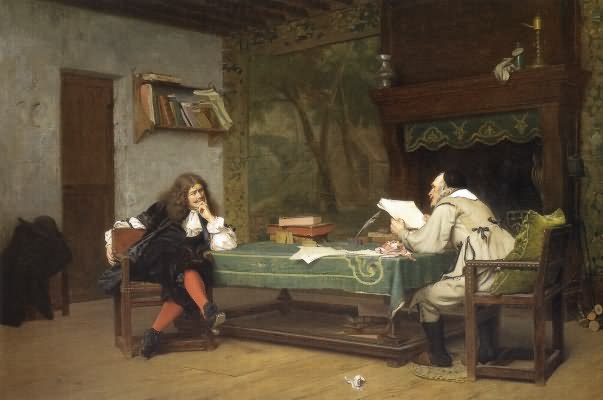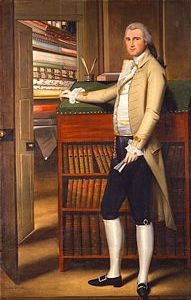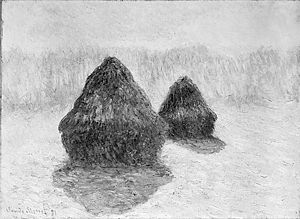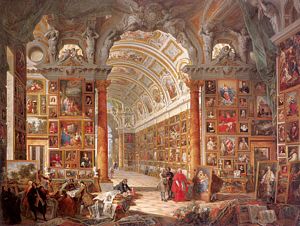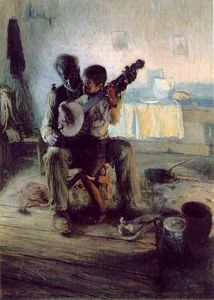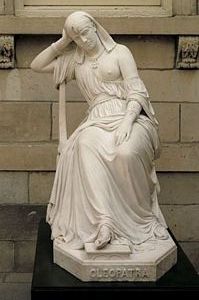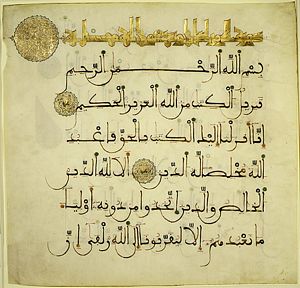
Selected Bibliography
Harris, B.R. (2006). Visual information literacy via visual means: three heuristics. Reference Services Review, 34(2): 213-21.
Glassman, P., et. al (2002). Is a Picture Really Worth a Thousand Words? Information Literacy and the Visual Learner. Papers from the 2002 Art Libraries Society of North American and Visual Resource Association Joint Conference. Visual Resources Association Bulletin, 29(3): 27-41.
Marcum, J.W. (2002). Beyond visual culture: the challenge of visual ecology. Portal: Libraries and the Academy, 2(2): 189-206.
Snavely, L. (2005). Visual images and information literacy. Reference & User Services Quarterly, 45(1): 27-32.
Stylianopolous, L.W. (2005). Teaching Images: Finding the Bigger Picture in Information Literacy. Visual Resources Association Bulletin, 32(2): 74-76.
Jean-Leon Gerome, A Collaboration - Corneille and Moliere, 1873, from Humanities Web
Francisco Goya, I Am Still Learning (Aun Aprendo), 1824-28, from Web Gallery of Art
Ralph Earl, Elijah Boardman, 1789, from The Metropolitan Museum of Art
Claude Monet, Haystacks (Effect of Snow and Sun), 1891, from The Metropolitan Museum of Art
Edgar Degas, Ballet Rehearsal on Stage, 1874, from Humanities Web
Giovanni Paolo Panini, Interior of a Picture Gallery with the Collection of Cardinal Gonzaga, 1749, from CGFA
Henry Ossawa Tanner, The Banjo Lesson, 1893, from the Artchive
William Wetmore Story, Cleopatra, 1869, from The Metropolitan Museum of Art
Qur'an manuscript, 13th-14th century; Nasrid period, from The Metropolitan Museum of Art
|
